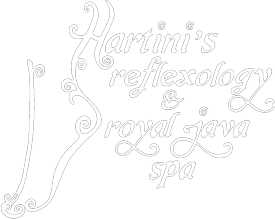What is Reflexology?
Reflexology is a science that deals with the principle that there are reflex areas in the feet and hands which correspond to all the glands, organs, and parts of the body. Stimulating these reflexes properly can help many problems in a natural way; a type of preventive maintenance. Reflexology is a unique method of using the thumb and fingers on these reflex areas.
Reflexology is a serious advance in the health field and should not be confused with massage.
The benefits of reflexology include, but are not limited to the following:
- Relief of stress and tension
- Improves blood supply and promotes the unblocking of nerve impulses
- Helps to naturally achieve homeostasis (balance)
- Pain reduction
- Revitalized energy
- Cleansing of toxins
Is Reflexology new?
The idea behind reflexology is not new—in fact, it was practiced as early as 2330 B.C. by the Egyptian culture and later by people throughout Asia. Reflexology as we know it today was first researched and developed by Eunice Ingham, a pioneer in this field in the early 1930’s.
How many sessions do I need?
In order to get the full benefit and to improve your health, it is recommended to have 4-6 weekly sessions, then to gradually reduce to every 2-3 weeks. Of course, the more chronic the problem, the more often and longer reflexology must be used. Reflexology is a great tool, helping many patients recover faster.
You don’t have to be sick to enjoy the benefits of reflexology. It is used as a “tune-up” by many people. In these cases, it is recommended to complete a session once a month, or even every 2-3 weeks. This will depend on what it takes to maintain homeostasis for the individual.
Reflexology is limited to complimenting medicine not replacing it.
